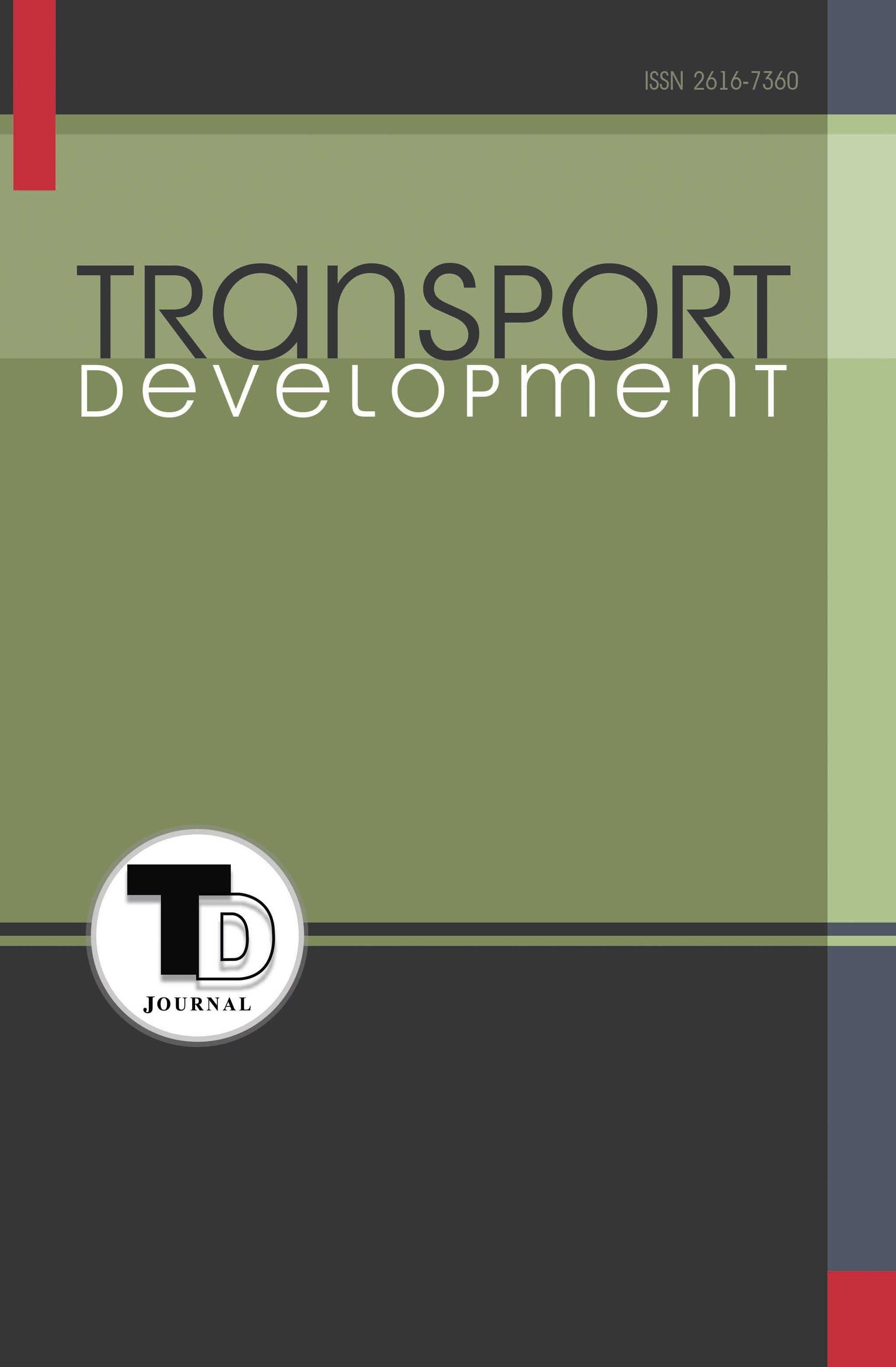DETERMINATION OF A MAN B&W 8L48/60 MARINE ENGINE WORKFLOW DISRUPTION INFLUENCE ON THE DYNAMIC INDICATORS OF THE CRANK MECHANISM
Abstract
Introduction. The application of torsional oscillation analysis of dynamic models of internal combustion engines for the diagnostic complexes development and improvement is evaluated. Reducing the operating costs of modern marine medium-speed engines (MSE), associated with the cost of maintenance and repair, and is possible by equipping ship power plants with systems for continuous monitoring of the workflow efficiency in engine cylinders. The complexity of the diesel engine dynamic system and the stochastic nature of malfunctions occurrence requires a detailed study of the impact of engine systems and mechanisms technical condition changes on the indicators of torsional oscillations. One of the effective means of such research is computer modeling using specialized software packages. Purpose. A description of the objects of the dynamic processes research module of internal combustion engines mechanical systems, used to simulate torsional oscillations in the GT-SUITE software package, is presented. A description of a computer 1-D model of the MAN 8L48/60 marine diesel engine and the features of setting up the main templates for modeling the dynamic processes of a serviceable engine and an engine with a disruption of the 5th cylinder workflow are presented. Results. Comparison of the simulation results indicates that the difference in flywheel angular accelerations is 3033 rad/s2, and at the free end is 20652 rad/s2 for the nominal load mode. The effect of elements harmonic oscillations on the value of the crankshaft angular accelerations is established. Conclusions. It has been established that the main influence is exerted by fourth-order harmonic oscillations, exceeding the others by 6 or more times.
Downloads
References
2. Pasricha M.S. (2001) Effect of the gas forces on parametrically excited torsional vibrations of reciprocating engines. Journal of Ship Research, 45(4), 262–268.
3. Johnston P.R., Shusto L.M. (May 18–21 1987) Analysis of diesel engine crankshaft torsional vibrations. SAE Spec. Pub., presented at SAE Government / Industry Meeting and Exposition, Washington, DC, USA, 21–26.
4. Iwamoto S., Wakabayashi, K. (1985) A study on the damping characteristics of torsional vibration in diesel engines (Part I). Journal of the marine engineering society in Japan, 19, 34–39.
5. Song X.G., Song T.X., Xue D.X., Li B.Z. (September 22–25, 1991) Progressive torsional-axial continued vibrations in crankshaft systems: a phenomenon of coupled vibration. 13th Biennial Conference on Mechanical Vibration and Noise: Rotating Machinery and Vehicle Dynamics, Miami, Florida, USA, 319–323.
6. Wang Y., Lim T.C. (2000) Prediction of torsional damping coefficients in reciprocating engine. Journal of Sound and Vibration, 238(4), 710–719.
7. Tsitsilonis K-M., Theotokatos G., Xiros N., Habens M. (2020) Systematic investigation of a large two-stroke engine crankshaft dynamics model. Energies, 13, 2486–2514.
8. Liu E., Amaratunga G., Collings N., Soliman A. (2012) An Experimental Study on Engine Dynamics Model Based In-Cylinder Pressure Estimation. SAE Technical Papers, doi:10.4271 /2012-01-0896.
9. Nestrorides E.J. (1958) A Handbook on Torsional Vibration. Cambridge University Press: British Internal Combustion Engine Research Association (B.I.C.E.R.A), 694.





